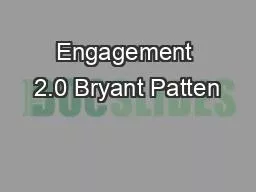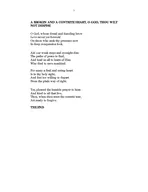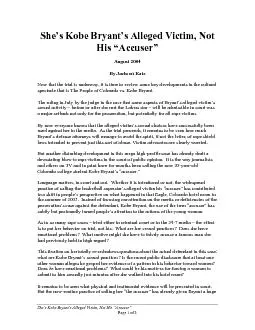PPT-Engagement 2.0 Bryant Patten
Author : imetant | Published Date : 2020-08-28
Director of Learning and Technology MedU MedU We build Virtual Patient VP cases 501c3 non profit Hanover NH 14 people 29000 new students each year 1000000 cases
Presentation Embed Code
Download Presentation
Download Presentation The PPT/PDF document "Engagement 2.0 Bryant Patten" is the property of its rightful owner. Permission is granted to download and print the materials on this website for personal, non-commercial use only, and to display it on your personal computer provided you do not modify the materials and that you retain all copyright notices contained in the materials. By downloading content from our website, you accept the terms of this agreement.
Engagement 2.0 Bryant Patten: Transcript
Download Rules Of Document
"Engagement 2.0 Bryant Patten"The content belongs to its owner. You may download and print it for personal use, without modification, and keep all copyright notices. By downloading, you agree to these terms.
Related Documents














